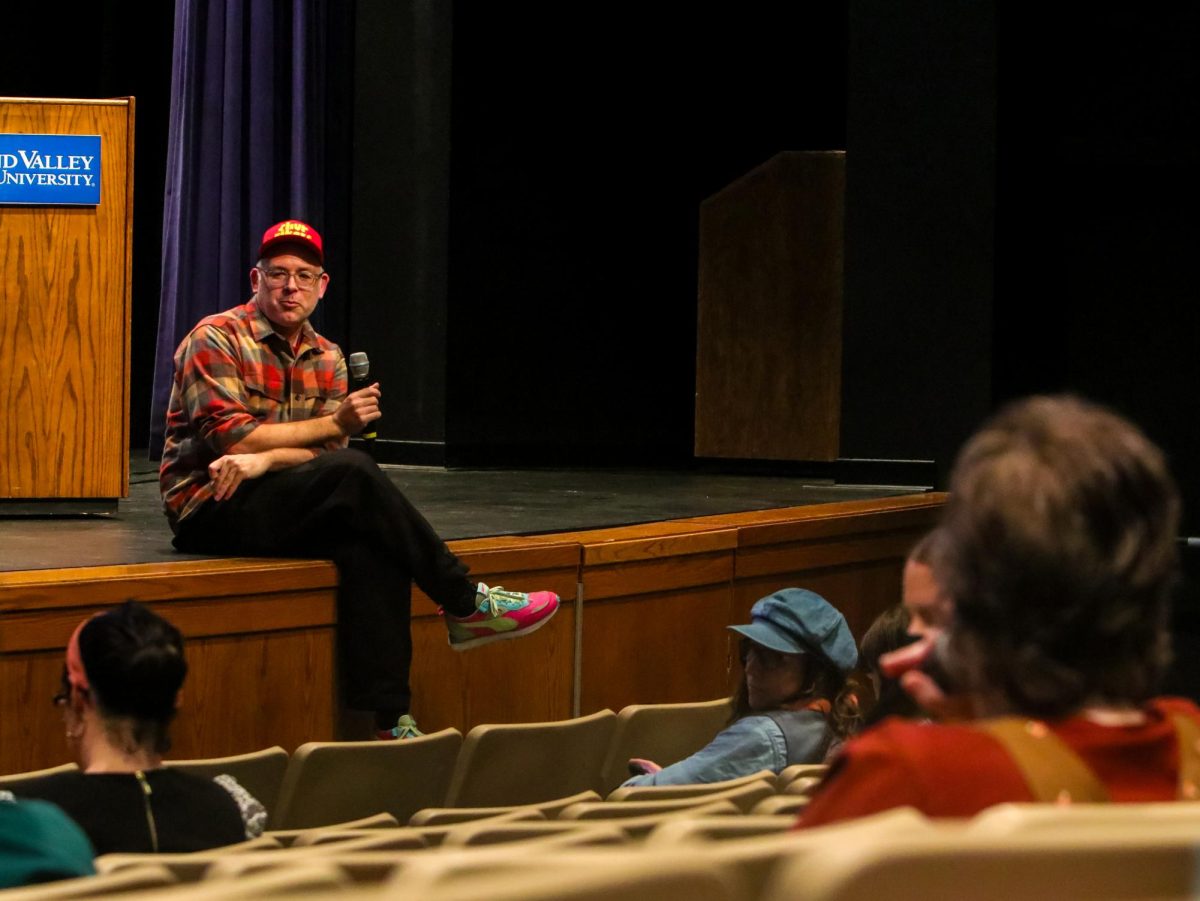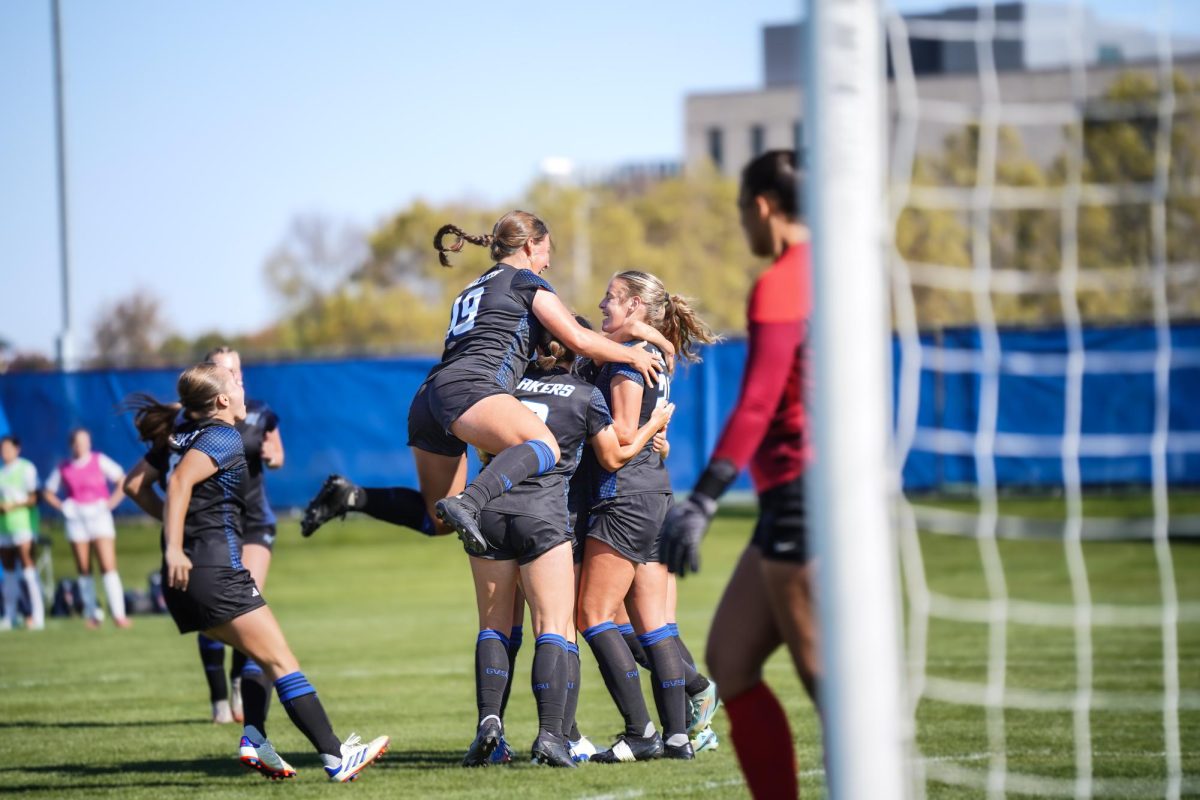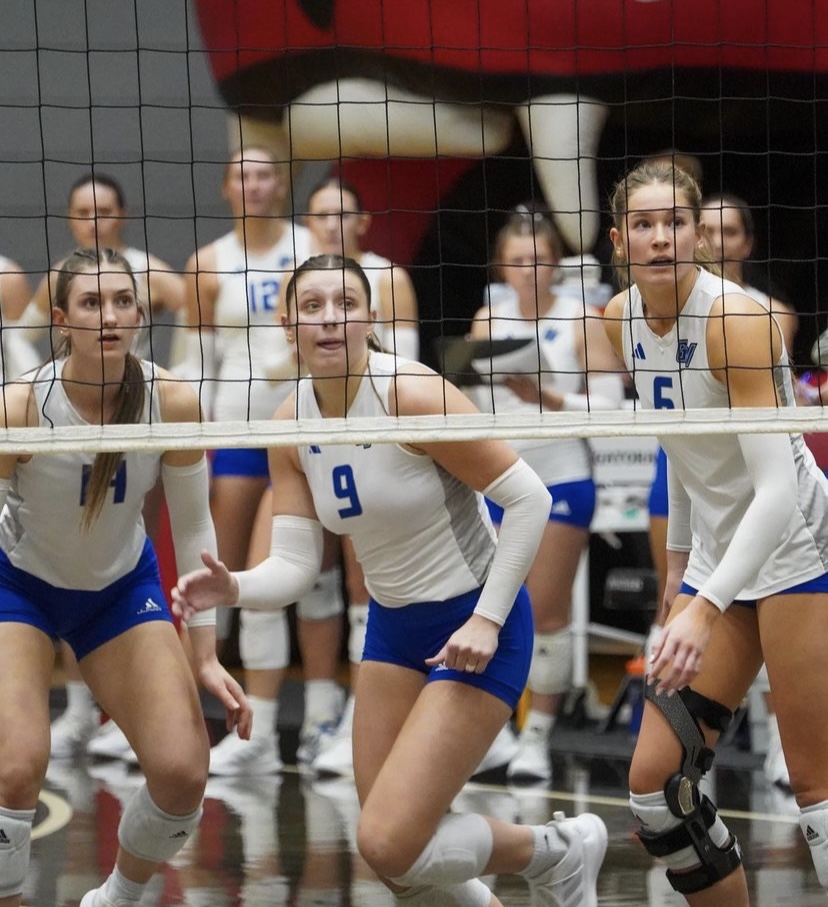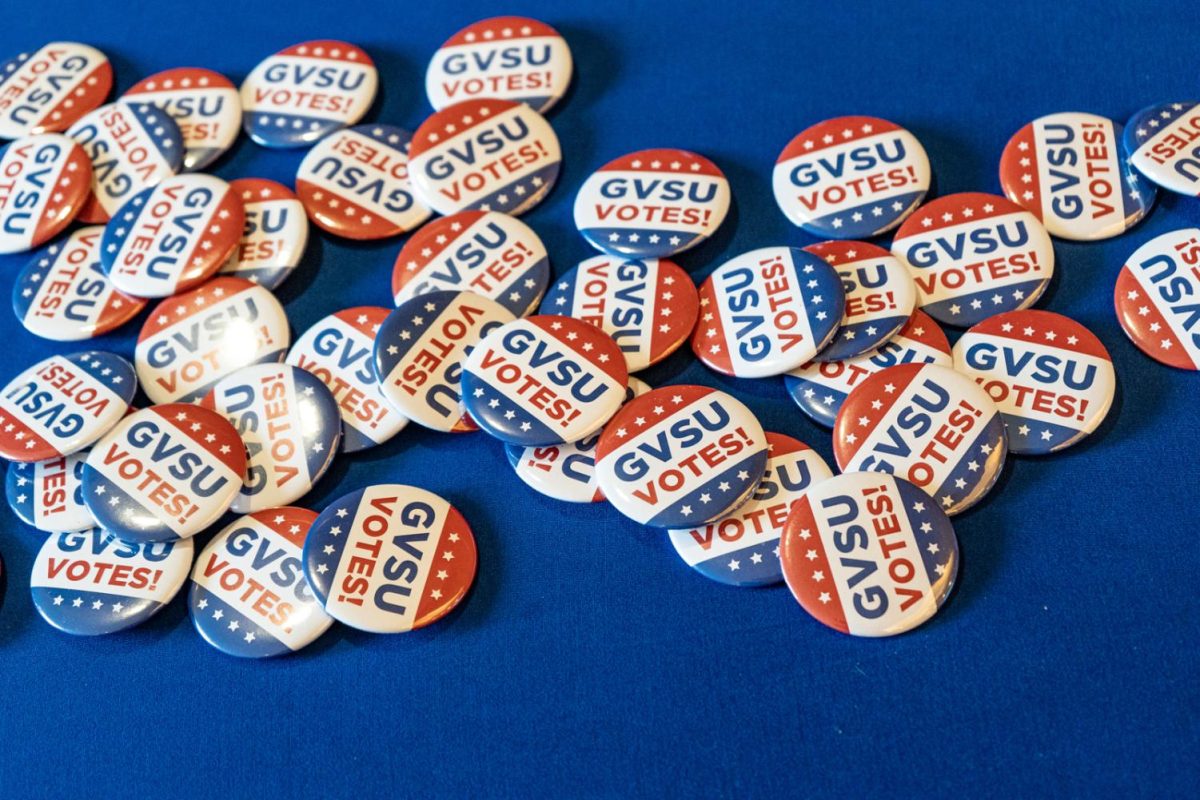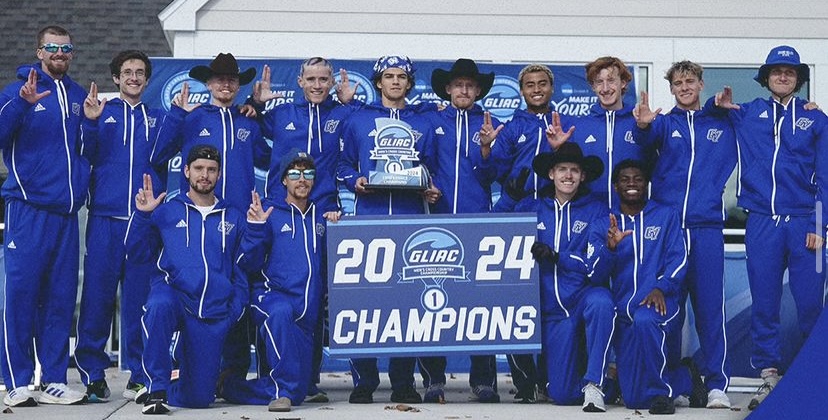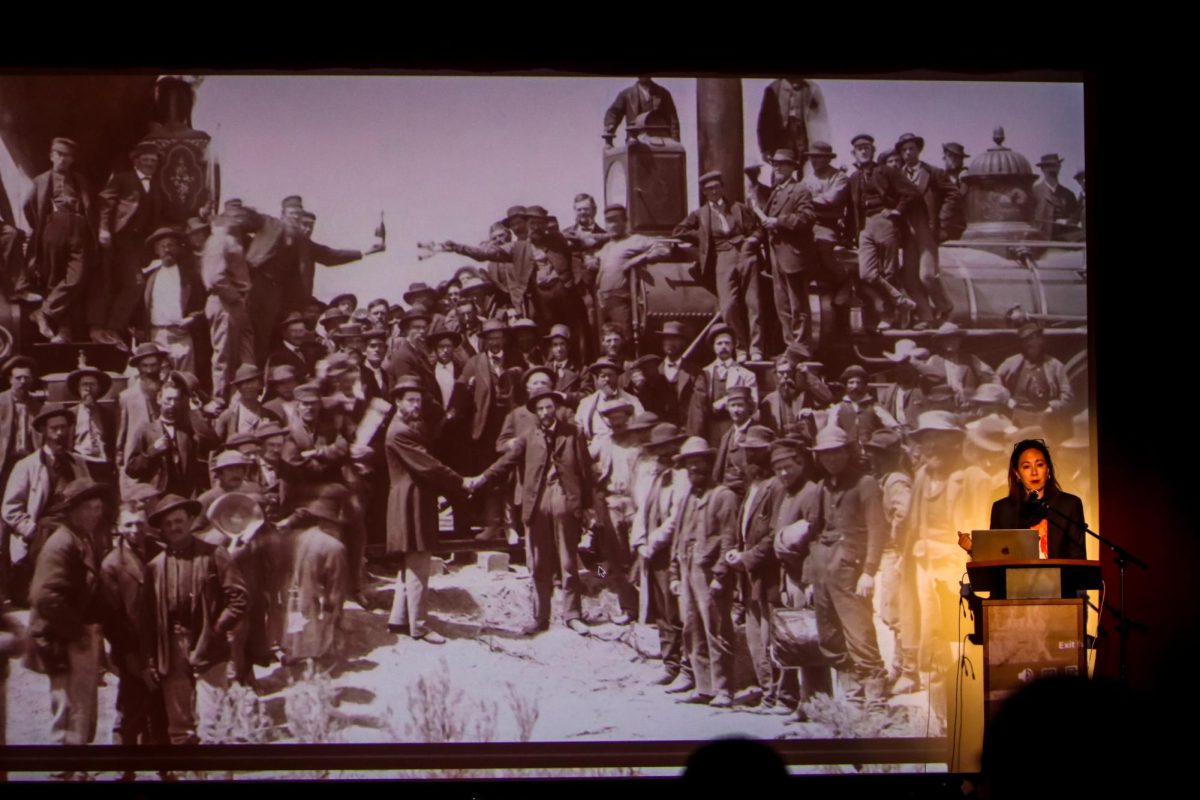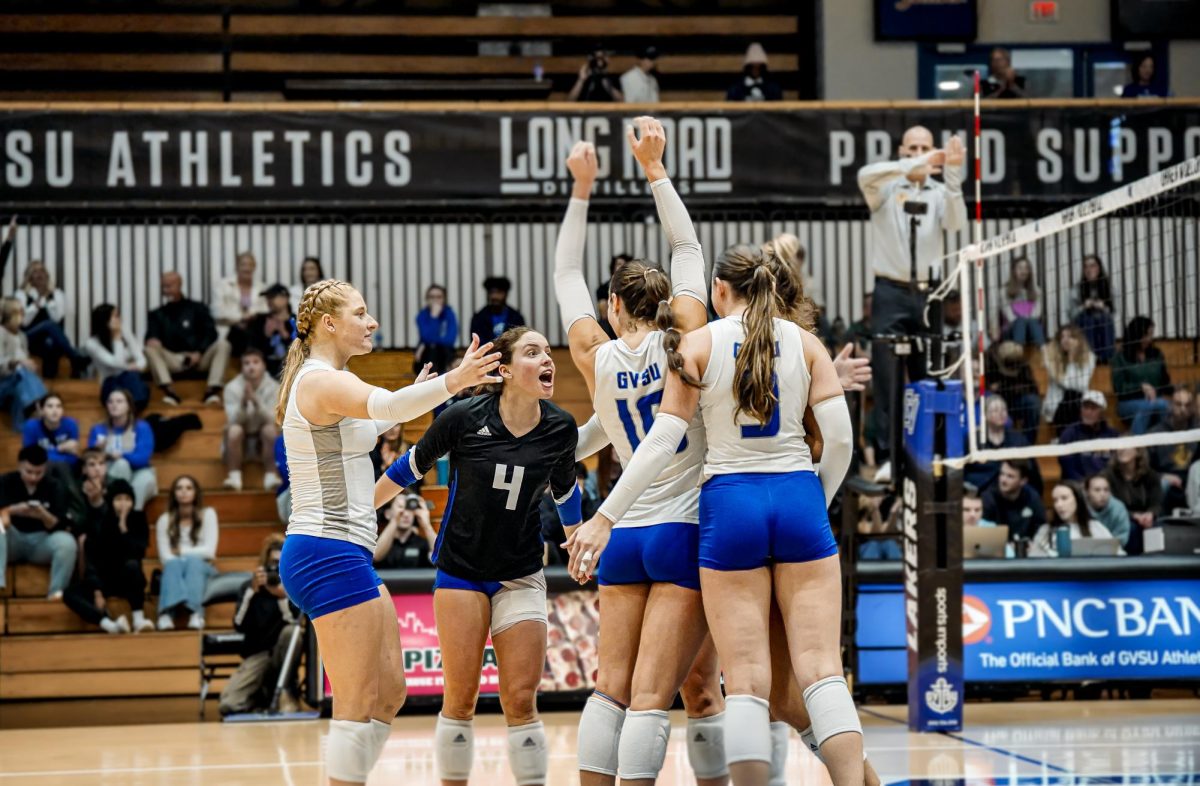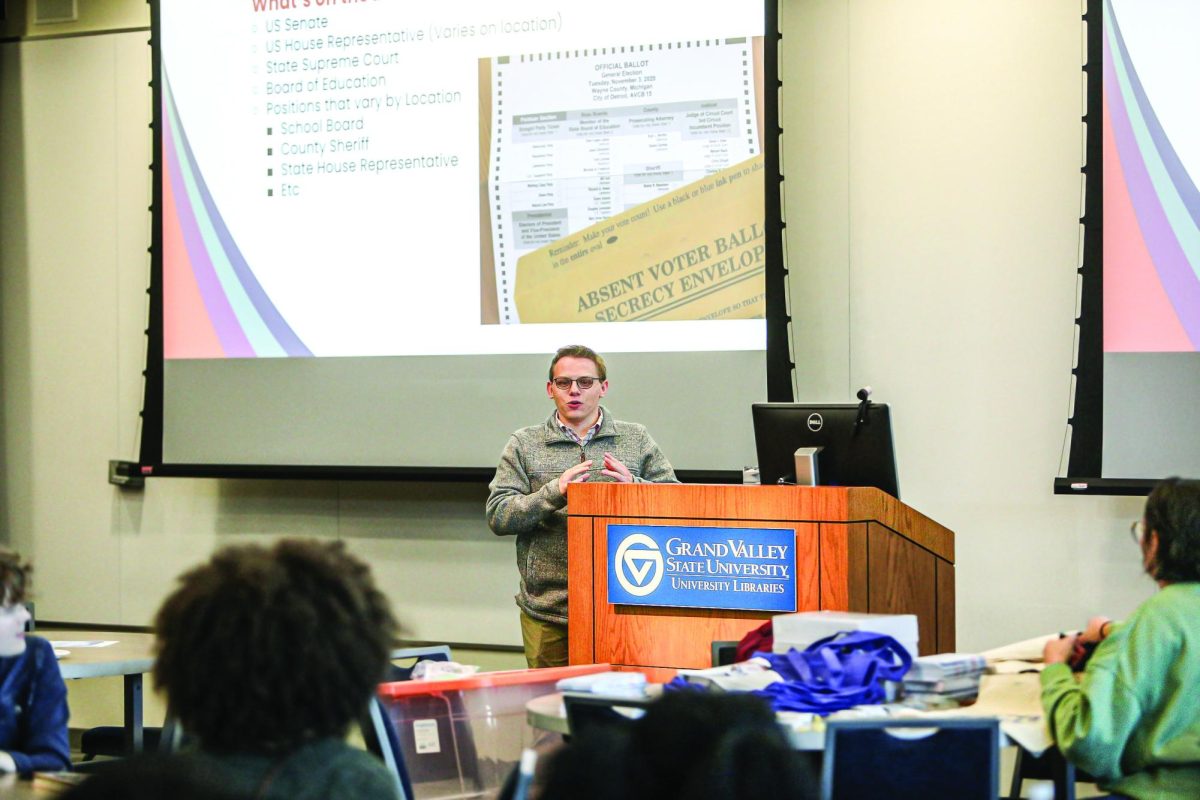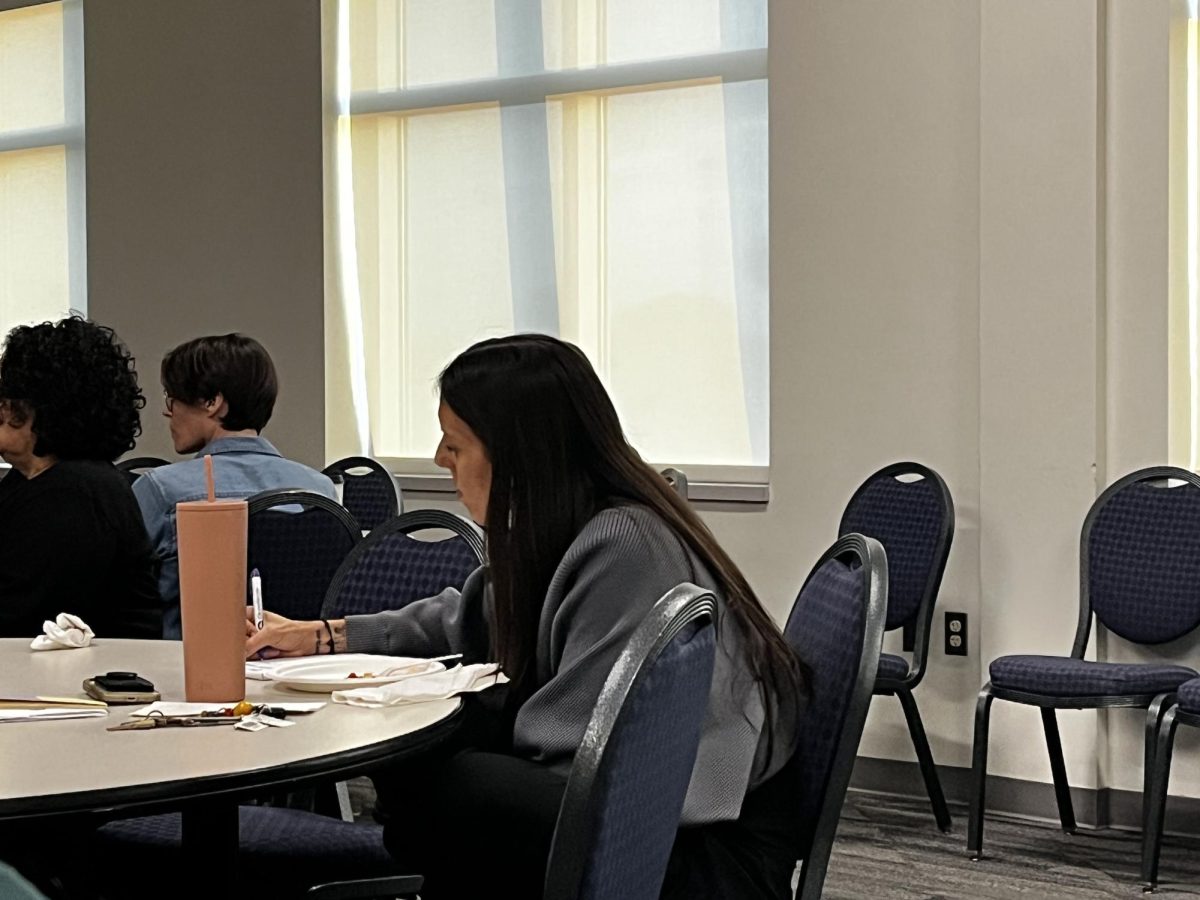First phase of construction begins on the “Grand Village”
Feb 5, 2014
Construction has begun on the “Grand Village,” a multiphase project set to house Grand Valley State University registered student organizations. The first phase of the project is implementing housing for select GVSU fraternities and sororities.
Out of the five Greek organizations already living on campus, three of them (Gamma Phi Beta, Alpha Omicron Pi and Phi Sigma Sigma) will be relocating to the new lot at 5050 Pierce St. adjacent to Copper Beech Townhomes.
“It’s a great opportunity for these groups,” said Kristen Evans, the occupancy and assignments manager of Housing and Health Services. “And the departures (from the Allendale Campus) provides us additional space to accommodate the growing demand for upperclass housing on campus.”
The organizations will be joined later by Alpha Sigma Tau, Sigma Kappa and Alpha Sigma Phi. The houses on the Pierce Street lot will be ready for students to move into at the beginning of the fall 2014 semester.
Santiago Gayton, the fraternity and sorority life coordinator, has been working with the Office of Student Life on the task force that has been planning the project. Gayton said that traditionally, housing for registered student organizations is owned by a university and a resident assistant is present to overlook the students living there. Off-campus housing is generally owned by the organization, itself.
The new model at GVSU is owned by a private developer, Alan Hoffman, and will be leased to organizations.
“It sounds like a subtle difference, but when you look at models across the nation, it isn’t a common one,” Gayton said.
In future phases of the project, Gayton said Grand Village will likely add a community house and expand to organizations who are outside of Greek life. Those organizations would likely be ones that have larger, long-standing memberships, such as sports teams who are required to keep a specific amount of students on their rosters.
“We came to sororities and fraternities first because they had that built-in membership,” Gayton said. “They don’t have the ebb and flow that others might have. Some organizations might have a very active organization one year and then five members the next.”
The Grand Village needs larger organizations to lease space because each house consists of 20 to 30 available beds.
Though Gayton said Hoffman has worked with the university to keep pricing affordable and competitive with other student housing in the area, it will be easier for organizations to maintain the rent if they are consistent from year to year and establish some amount of longevity in the housing units.
“It’s something brand new we’re working with, and it is really exciting because now that we’re doing it, other universities are hearing about it and asking how to get into that model,” Gayton said. “We just had a developer who’s worked closely with the university the whole time and who knows the needs that are out there in the community.”






